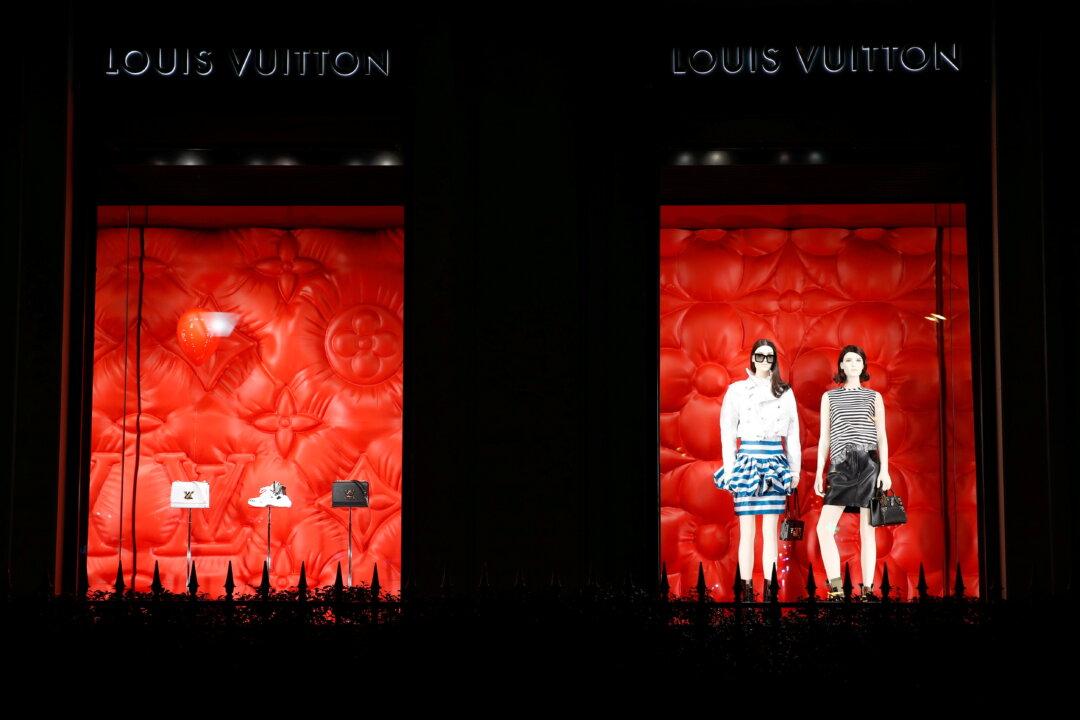Global sales of luxury goods are in the middle of a boom, despite growing inflation rates, according to industry forecasts.
Growth appears to be encouraged by a surge in post-pandemic demand by younger consumers, for apparel, handbags, jewelry, footwear, and other accessories.





